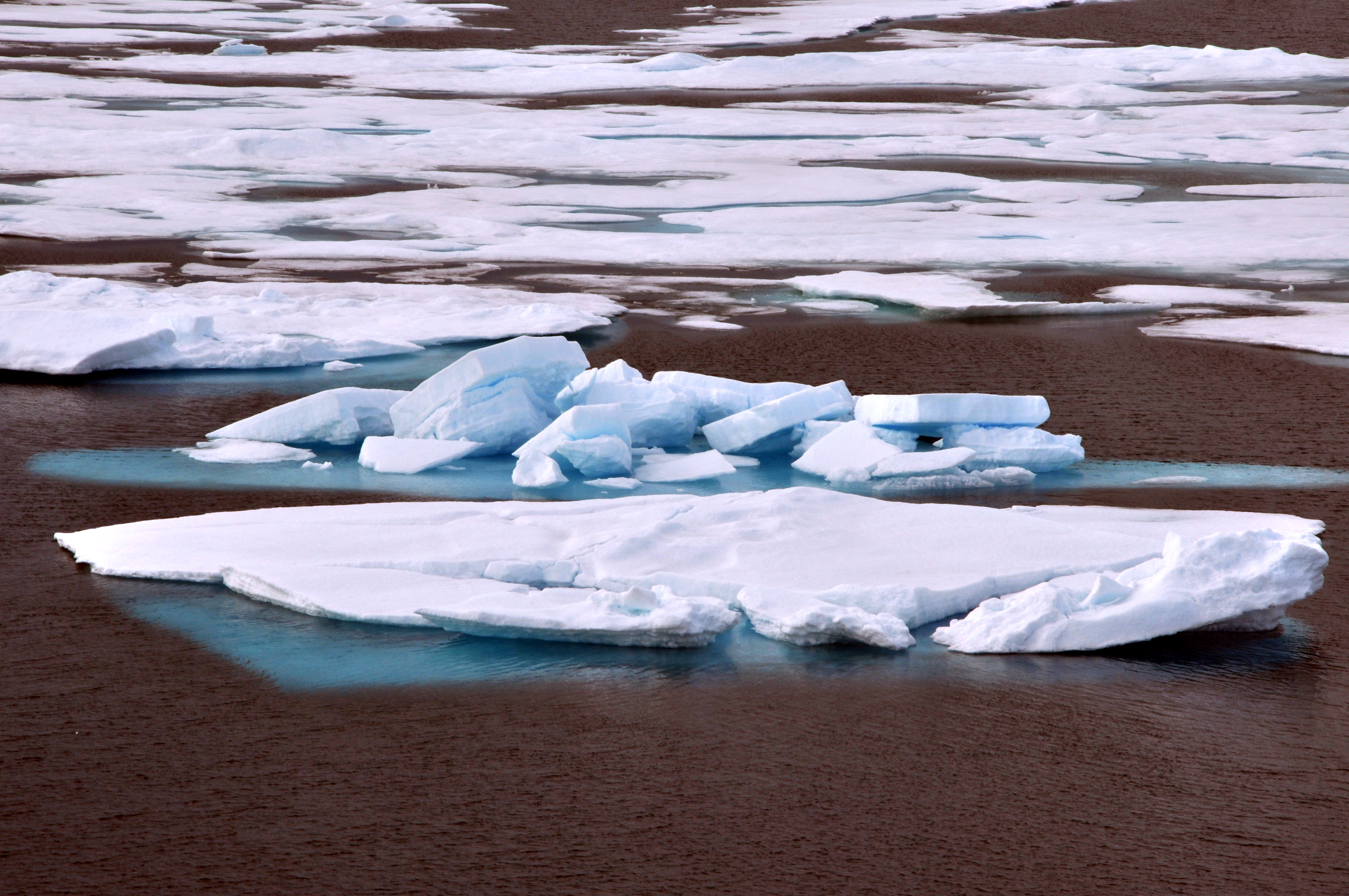The Arctic sea ice cover plays a key role in global climate change studies, both as an indicator and as an amplifier of climate change. The sea ice cover is undergoing significant climate-induced changes, affecting both its extent and thickness. Observations of ice growth and melt improves our understanding of the ongoing changes and enhance our ability to predict future changes.
Monitoring changes in the volume or mass of the Arctic sea ice cover is crucial for developing our understanding of climate change processes and their impacts. Changes in the volume of the ice cover can result from changes in the ice extent (area) or ice thickness. The extent of the Arctic sea ice is effectively monitored by aircraft and from satellites. Monitoring the ice thickness is more challenging. Satellites measurements of ice thickness are still in the development stage. , therefore data sources are limited to on-ice mass balance measurements and submarine or seafloor-mounted upward looking sonars. Developing a coordinated network to monitor changes in the ice thickness of the ice cover is the focus of one aspect of the NOAA SEARCH initiative. A key objective of this study will be to establish international partnerships and to build upon existing programs such at the North Pole Environmental Observatory (NPEO) and the International Arctic Buoy Progam (IAPB).
To address these issues we have developed a plan that integrates observations made from buoys and moorings with models. Models are used both to design the observational network and to interpret the results. We have begun to deploy a network of ice-tethered ice mass balance (IMB) buoys complemented by a few sea-floor moorings with ice profiling sonar (IPS). Together these instruments provide data on ice thickness in key areas of the Arctic Ocean.The IMB buoys report in real-time via System Argos, while the IPS moorings record data internally. Deployments are done via partnerships with other programs, such as United States, Canadian, Russian and Swedish icebreaker cruises. Ice mass balance buoys have been deployed during the SHEBA field experiment, in shorefast ice in Barrow Alaska, and in the Antarctic sea ice or Marguerite Bay
Position, sea level pressure, and surface air temperaure are being integrated into the Global Telecommunication System according to the International Arctic Buoy Program Protocols and are available for data assimilation and modeling efforts.


